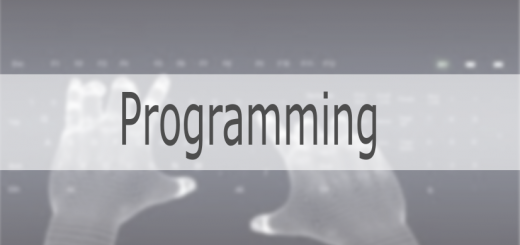Approach – Worked Examples
Summary of Approach
Computing Scientists must be able to solve problems efficiently. Often, problems are very complicated. Computing Scientists can quickly suffer from cognitive overload. Kinnunen & Simon researched the effect of programming assignments on students. Students were asked to talk about their experience of completing programming assignments regarding their understanding of the tasks.
The researchers found that students responded in emotional terms, rather than identifying features of the process that were difficult. Students did not remember the detail of the tasks. Their recollection of the tasks was incomplete, because they appeared to be suffering from cognitive overload.
The reason for this is that novices cannot store all the complexities of the tasks mentally, in the way that experts can. Experts use their understanding of patterns and structure within the tasks that are not easy for novices to grasp. Without access to such patterns, problem solving is painfully difficult!
The solution to this is to build tasks along a model of cognitive apprenticeship:
- Novices gain first exposure from you in class or through reading
- They study/try out worked examples instead of solving problems
- Novices focus on structure of, and approach to solve, this problem – this is the pattern.
A worked example is the process for solving a particular problem broken down into step. Each step represents one or more actions required at this point in the solution process. The step has an explanation of how/why the expert chose these actions at this point, and how they work. As learners make progress through the task, the intermediate solution reached at this point is documented – this could be a diagram or text, depending on what the expected output of the problem is.
The detail of a worked example can be increased or decreased to meet the requirements of the learner.
Keypoints
- When students are faced with a complex task, break down the process for this task into steps
- Writing worked examples of solutions to a task make it easier for students to deal with the complexity of the task.
- Referring back to the original problem and showing intermediate stages of the solution are crucial to providing the full picture of the work example.
- This can prevent cognitive overload and acts as a cognitive apprenticeship.
- The detail of the worked example can be altered to suit the needs of the learner.
Limitations
- Worked examples can only be part of the learning process. With many techniques that learners are trying to master, there is a requirement to independently carry the stages out (e.g. in an exam).
- Learners need to be familiar with the terminology and concepts used in the worked example in order to be able to find the worked example useful.
- Worked examples can also slow down learning when a task has been mastered. This is knows as expertise-reversal effect.
PLAN C Techniques
http://trace.dcs.gla.ac.uk/planc/planc/planc/planc/planc/technique-data-representation-worked-examples/
http://trace.dcs.gla.ac.uk/planc/planc/planc/planc/planc/modular-programming-worked-examples/
Reasons for Recommendation
Worked examples are commonly used by Computing Science teachers. This approach is advocated because, with careful use, it can decrease cognitive overload and provide learners with a better chance of mastering a difficult task.
Teacher Experiences of Benefits
I’ve always had learners practice solving larger problems presented in a similar style to summative assessments they would be marked on to give them feedback and see if particular skills needed more work. In the past the amount of time that students would need to carry out this practice varied hugely which sometimes a learner having to start an assessment without finishing the practice exercise. This year in the practice example for the SDD side of the coursework I focused on the process of how to think about solving each stage with my Higher class. All of them completed the practice exercise within two periods of each other. The quality of the code they produced was much better and the student who had the most difficulty still completed the coursework in the average time my most confident learners in previous years.
P W Donaldson- Principal Teacher of Computing, Business Education and Enterprise, Crieff High School
Research References
Kinnunen & Simon, Experiencing Programming Assignments in CS1: The Emotional Toll, ICER 2010



